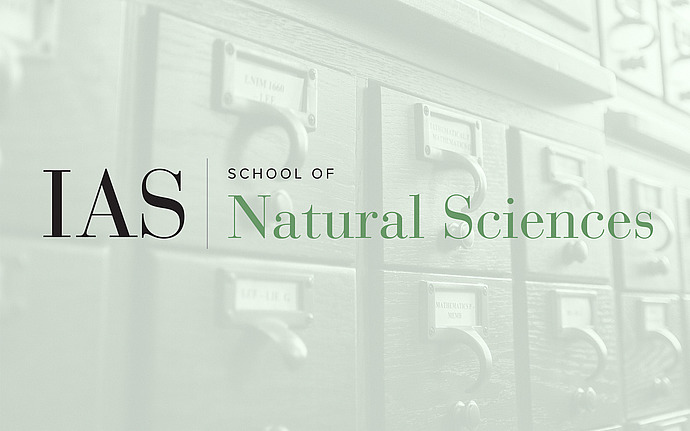
Institute for Advanced Study / Princeton University Joint Astrophysics Colloquium
Satellite Swarms vs. Astronomy and the Night Sky
New technology and a lack of regulation are allowing massive swarms, or "constellations", of low-Earth communications satellites such as SpaceX's Starlinks to be launched at relatively low cost, leading to a dramatic rise in the number of satellites at altitudes 300-1200 km already in orbit: over 2000 new satellites in the last 2 years, with more than 100,000 planned by 2030. The large number and the apparent brightness (by reflected sunlight) of these satellites pose serious and possibly catastrophic challenges to ground-based and even space-based astronomy and the appearance of the starry night sky even to casual observers. Radio interference due to intended and unintended emission from LEO satellite swarms further threatens to overwhelm sensitive radio telescopes including those investigating the CMB. There are national and international efforts underway to understand and try to control and respond to these major new challenges; meanwhile, rockets are launching every few days, each with 60+ more satellites, observatories and skywatchers are reporting increasing interference from satellite streaks, and the view of the night sky has already been changed.